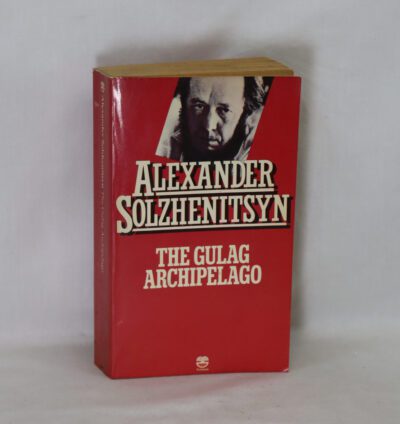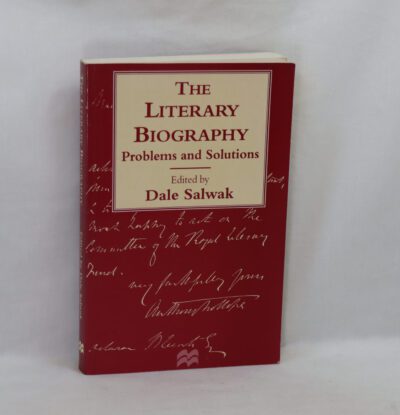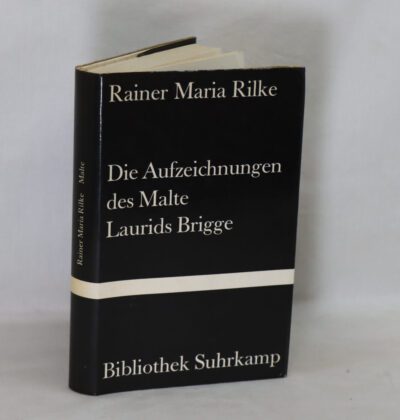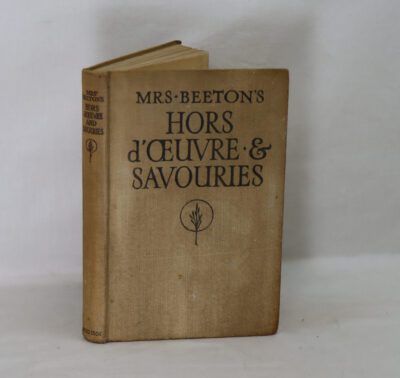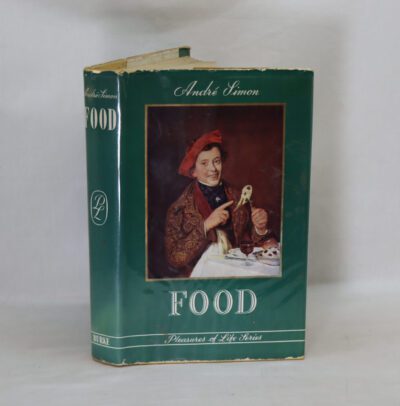Andersen's Fairy Tales.
By Hans Christian Andersen
Printed: Circa 1910
Publisher: Walter Scott Ltd. London
| Dimensions | 14 × 19 × 3 cm |
|---|---|
| Language |
Language: English
Size (cminches): 14 x 19 x 3
Condition: Fine (See explanation of ratings)
Your items
Item information
Description
Maroon cloth binding with gilt title and decoration on the spine.
-
F.B.A. provides an in-depth photographic presentation of this item to stimulate your feeling and touch. More traditional book descriptions are immediately available.
-
Note: This book carries the £5.00 discount to those that subscribe to the F.B.A. mailing list.
A good, clean and very readable edition.
Fairy Tales Told for Children. First Collection. (Danish: Eventyr, fortalt for Børn. Første Samling.) is a collection of nine fairy tales by Hans Christian Andersen. The tales were published in a series of three instalments by C. A. Reitzel in Copenhagen between May 1835 and April 1837, and was Andersen’s first venture into the fairy tale genre.
The first instalment of sixty-one unbound pages was published 8 May 1835 and contained “The Tinderbox”, “Little Claus and Big Claus”, “The Princess and the Pea” and “Little Ida’s Flowers”. The first three tales were based on folktales Andersen had heard in his childhood while the last tale was Andersen’s creation for Ida Thiele, the daughter of Andersen’s early benefactor, the folklorist Just Mathias Thiele. Reitzel paid Andersen thirty rigsdalers for the manuscript, and the booklet was priced at twenty-four shillings.
The second booklet was published on 16 December 1835 and contained “Thumbelina”, “The Naughty Boy”, and “The Travelling Companion”. “Thumbelina” was inspired by “Tom Thumb” and other stories of miniature people. “The Naughty Boy” was based on a poem by Anacreon about Cupid, and “The Travelling Companion” was a ghost story Andersen had experimented with in the year 1830.
Andersen in 1836
The third booklet contained “The Little Mermaid” and “The Emperor’s New Clothes”, and it was published on 7 April 1837. “The Little Mermaid” was influenced by Friedrich de la Motte Fouqué’s “Undine” (1811) and legends about mermaids. This tale established Andersen’s international reputation. The only other tale in the third booklet was “The Emperor’s New Clothes”, which was based on a mediaeval Spanish story with Arab and Jewish origins. On the eve of the third instalment’s publication, Andersen revised the conclusion (in which the Emperor simply walks in procession) to its now-famous finale of a child calling out, “The Emperor is not wearing any clothes!”
Danish reviews of the first two booklets first appeared in 1836 and were not enthusiastic. The critics disliked the chatty, informal style and apparent immorality, since children’s literature was meant to educate rather than to amuse. The critics discouraged Andersen from pursuing this type of style. Andersen believed that he was working against the critics’ preconceived notions about fairy tales, and he temporarily returned to novel-writing, waiting a full year before publishing his third installment.
The nine tales from the three booklets were published in one volume and sold for seventy-two shillings. A title page, a table of contents, and a preface by Andersen were published in this volume.
In 1868 Horace Scudder, the editor of Riverside Magazine For Young People, offered Andersen $500 for twelve new stories. Sixteen of Andersen’s stories were published in the magazine, and ten of them appeared there before they were printed in Denmark.
Hans Christian Andersen (2 April 1805 – 4 August 1875) was a Danish author. Although a prolific writer of plays, travelogues, novels, and poems, he is best remembered for his literary fairy tales.
Andersen’s fairy tales, consisting of 156 stories across nine volumes, have been translated into more than 125 languages. They have become embedded in Western collective consciousness, accessible to children as well as presenting lessons of virtue and resilience in the face of adversity for mature readers. His most famous fairy tales include “The Emperor’s New Clothes”, “The Little Mermaid”, “The Nightingale”, “The Steadfast Tin Soldier”, “The Red Shoes”, “The Princess and the Pea”, “The Snow Queen”, “The Ugly Duckling”, “The Little Match Girl”, and “Thumbelina”. His stories have inspired ballets, plays, and animated and live-action films.
Henry William Dulcken (1832-1894) was an English translator and children’s writer, best known for translating the stories of Hans Christian Andersen. Many of his books for children were illustrated by the Brothers Dalziel. Described as a “jobbing editor”, he was sometimes hired to provide text for the pictures of others, such as Arthur Boyd Houghton.
Want to know more about this item?

Related products
Share this Page with a friend




